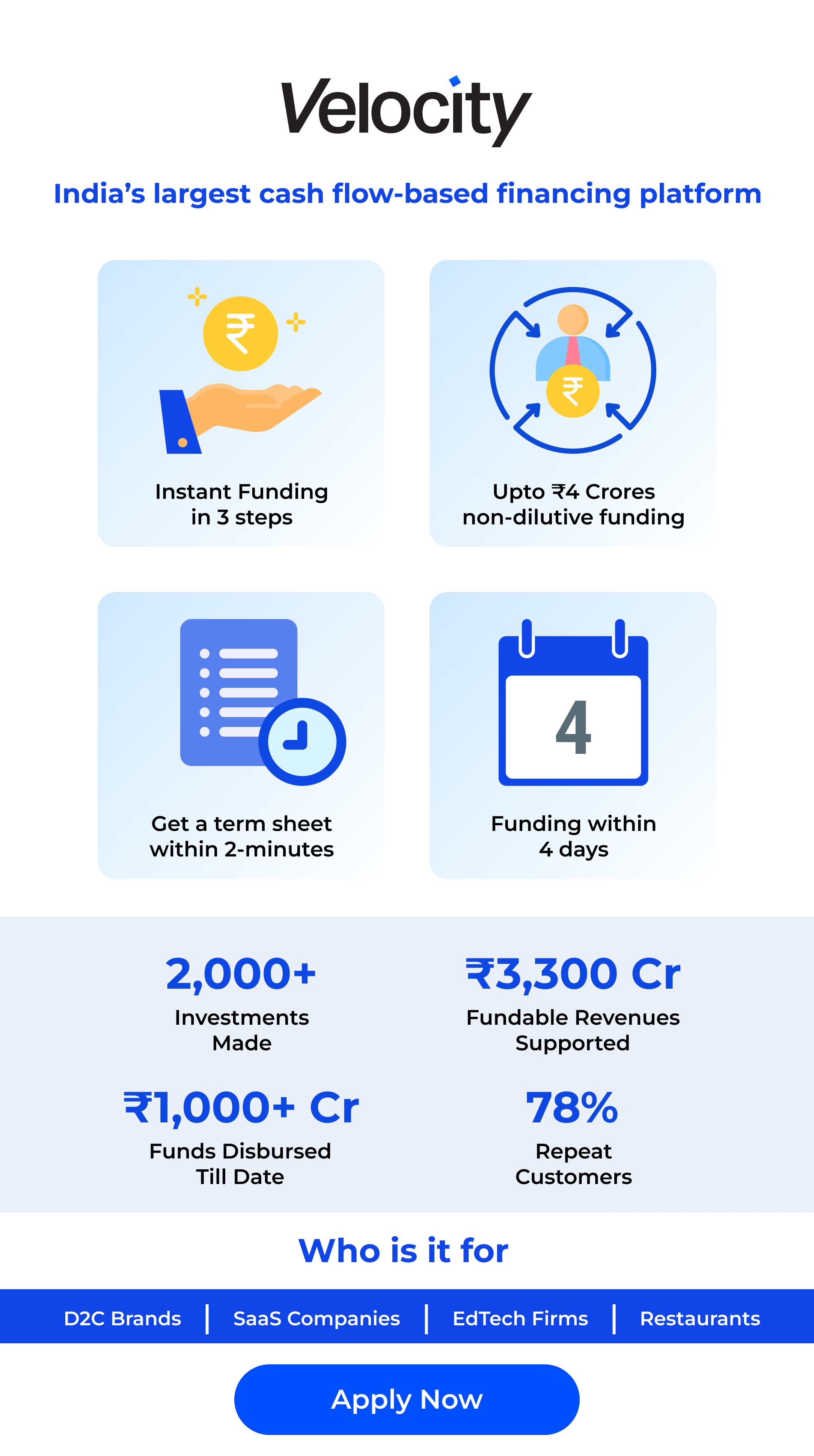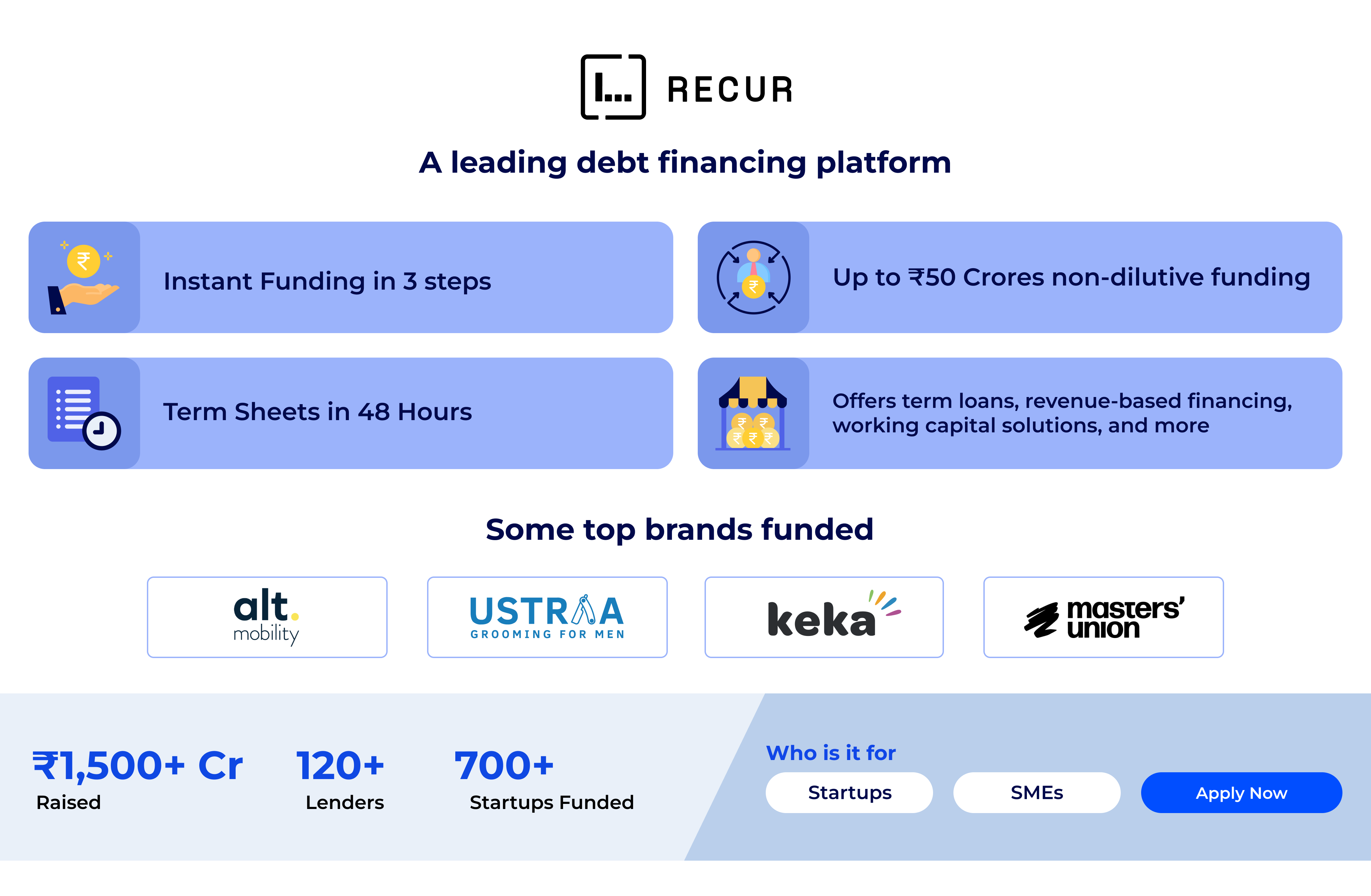Planning Pays Off: 5 Strategies to Get the Most Out of Your Delivery Speed Choice
March 3, 2025
5 min read
The Benefits of PTL and LTL
Choosing the right shipping method can make or break your supply chain efficiency.
For businesses balancing costs, delivery timelines, and cargo safety, Part Truckload (PTL) and less than truckload (LTL) shipping are two popular options. While both methods avoid booking an entire truck, they serve distinct logistics needs and offer unique benefits.
This guide will break down PTL and LTL shipping, highlight their differences, and help you make the best decision for your business. Read on!
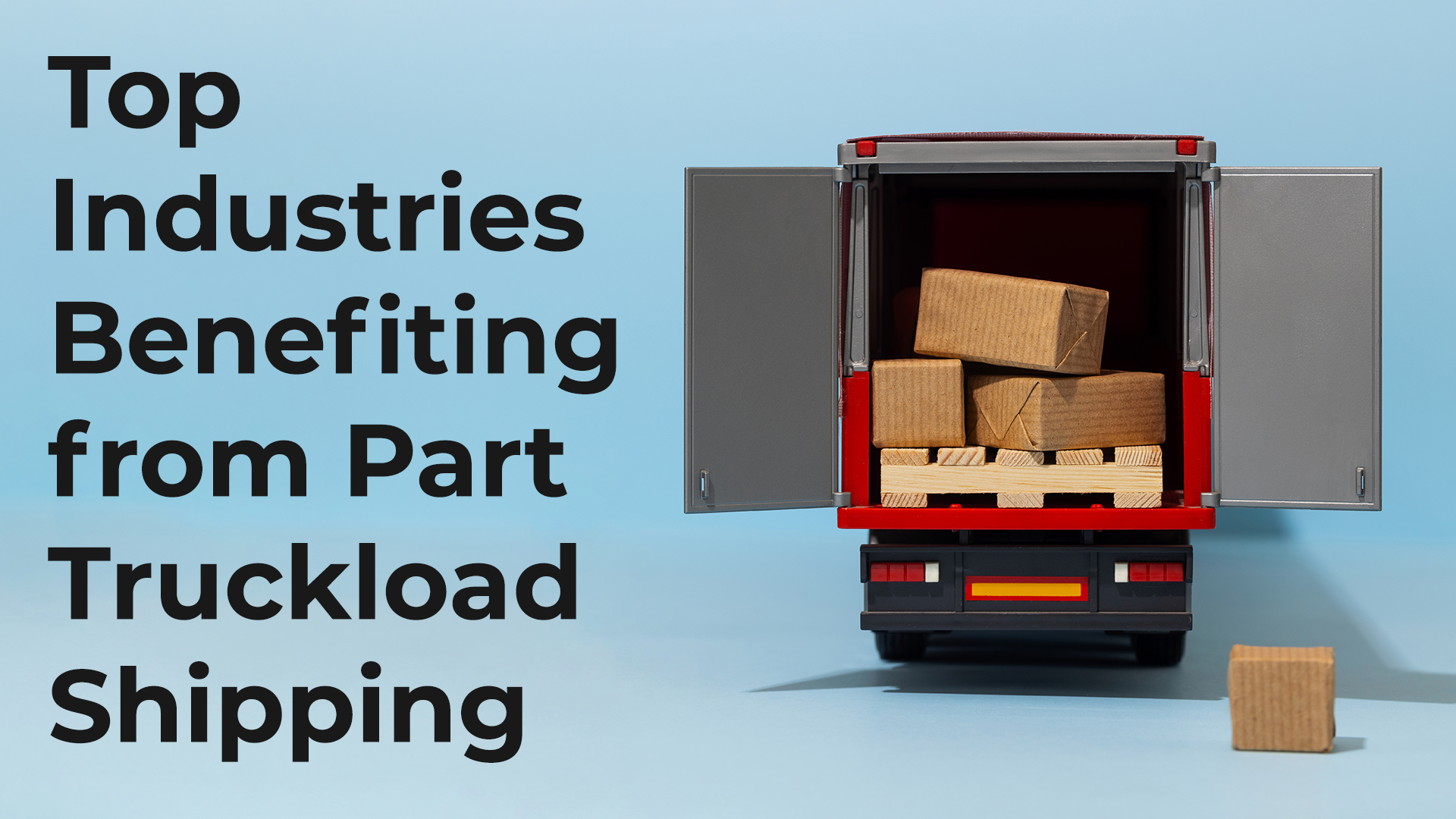
Understanding Part Load Transportation and Less Than Truckload
PTL is a shipping method where a portion of the truck is used to carry goods from one business. The remainder of the truck may remain empty or can be used for other shipments.
LTL shipping consolidates several smaller shipments from different businesses into one truck. Each business pays for the portion of the truck space their goods occupy.
PTL is best for huge shipments, while LTL is best for economical and smaller shipments. These shipping methods cater to different logistics needs, optimizing efficiency and cost for businesses.
Differences Between PTL and LTL Shipping
The following table highlights the core distinctions between PTL and LTL shipping to help businesses select the best option:
Aspect |
Part Truck Load (PTL) |
Less Than Truckload (LTL) |
|
Shipment Size |
5–20 pallets with weight of up to 30,000 pounds |
1–4 pallets weighing under 10,000 lbs |
|
Pricing |
Based on weight and space |
Based on class and size |
|
Handling |
Low with no intra-trailer transfers |
High with frequent intra-facility transfers |
|
Transit Time |
Medium with direct-to-delivery after consolidation |
Longer with multiple stops on route |
|
Cargo Safety |
High, as least amount of touches will mean little to no damage risk |
Medium as more touchpoints mean increased risk |
|
Cost |
Higher due to exclusivity |
Lower because of shared trailer space means reduced costs. |
|
Tracking Visibility |
Detailed tracking available |
Limited tracking updates |
Comparing Advantages and Disadvantages of Part Truck Load Vs. Less Than Truckload
Part truck load services offer unique benefits, which makes PTL an attractive option for certain shipping needs.
Advantages of PTL over LTL:
Here are some major advantages of PTL over LTL:
Reduced Handling
One of the biggest advantages offered by PTL is that shipment handling is kept to a minimum during transit. On the other hand, LTL shipments are often transferred to various distribution hubs.
PTL cargo stays on the same truck from the point of loading to its destination. This minimal handling translates to:
- Less exposure to damage
- Smoother transit
Safer for High-Value Items
PTL is the best option for high-value shipments because it guarantees better safety features compared to LTL. Some key reasons are:
- Higher insurance coverage
- Minimized exposure to theft or damage
Better Monitoring
PTL shipping typically features full monitoring capabilities that give near real-time status. Whereas LTL tracking is event-based, for instance, where updates are sent whenever the shipment is picked up or transferred, PTL allows for:
- Continuous visibility
- Improved communication
Advantages of LTL Over PTL
Here are some advantages of LTL Over PTL:
Lower Costs
PTL is costlier compared to LTL due to the following:
- PTL requires a more considerable amount of the truck’s capacity, meaning more cost per shipment.
- Individual businesses have a greater share of the charge, with fewer companies sharing the burden.
Easily Available
Acquiring LTL services is easier than getting part-load transportation, given its limited supply. Many carriers do not offer PTL, especially in less dense regions or rural areas.
The strengths of part-load transportation are less handling and better tracking. This becomes paramount for any business looking for safety and efficiency. However, these advantages carry a higher cost and operational complexities. On the contrary, LTL does not have to deal with this.
Part-load transportation offers more frequent deliveries, while LTL shipments are more cost-effective.
To Wrap Up
Understanding the difference between part-load transportation and less-than-truckload transportation is significant. Aligning the shipping method with your business priorities is essential.
If your focus is on protecting cargo and ensuring real-time visibility, PTL is a worthwhile investment. On the other hand, if affordability and widespread availability are your primary goals, LTL might be the better fit.
Shipyaari offers industry-leading PTL services tailored to your specific needs. These services ensure cargo safety, optimized costs, and timely deliveries.
Take the first step toward seamless shipping—try it for free now!
Frequently Asked Questions
Many PTL carriers have equipped themselves with special trailers known as temperature-controlled solutions, which makes it ideal for perishables. For perishable or sensitive products, it is better to go with PTL.
PTL is ideal for manufacturing products or high-value goods, eCommerce businesses, or small to mid-sized retailers with very light transport demands. LTL is more suited for industries looking to optimize costs for smaller, frequent shipments.
PTL is, on average, more costly because it occupies a larger percentage of the truck’s space. Additionally, it avoids intermodal transfers, ensuring direct delivery and better cargo protection, which adds to the premium cost.
Both PTL and LTL can handle fragile items, but PTL is generally a better choice due to minimal handling and direct transit. LTL involves multiple stops and transfers, increasing the risk of damage.
Suggested Reads
Hyperlocal Personalization: Tailoring Experiences for Local Customers
Introduction The eCommerce industry in India has witnessed a rapid growth of hyperlocal services in
Continue ReadingDec






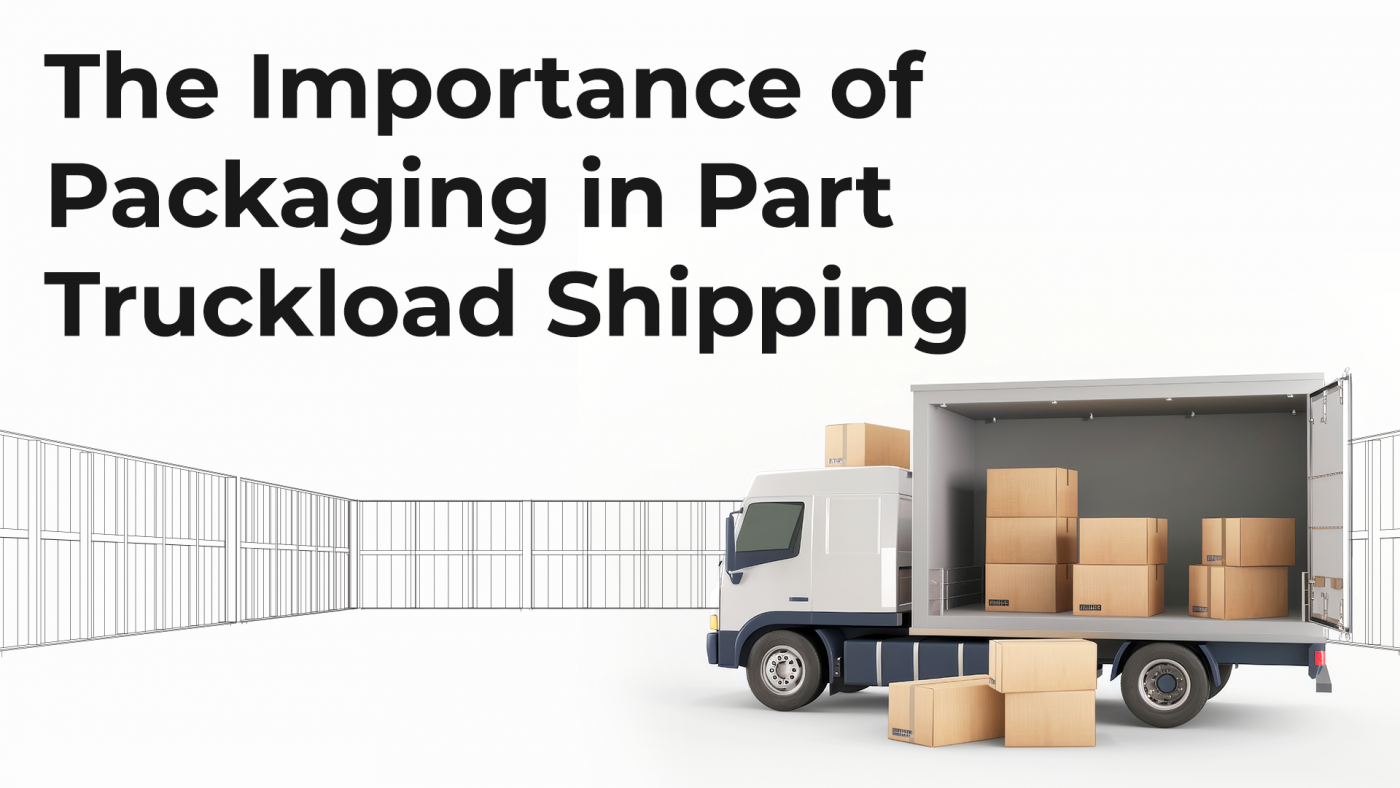







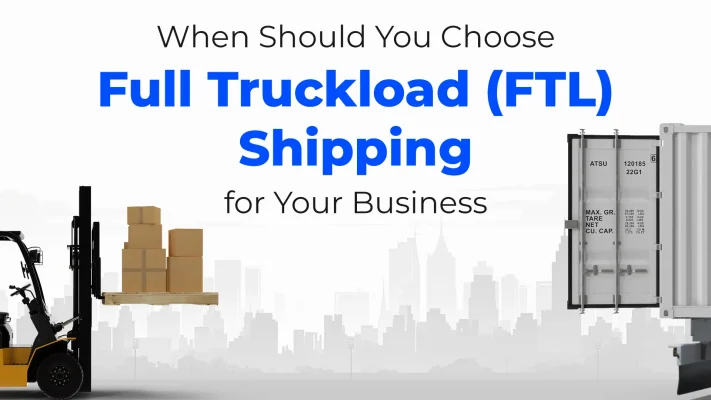

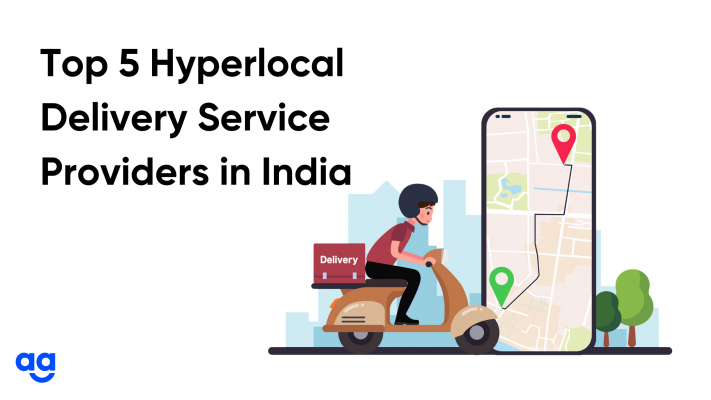
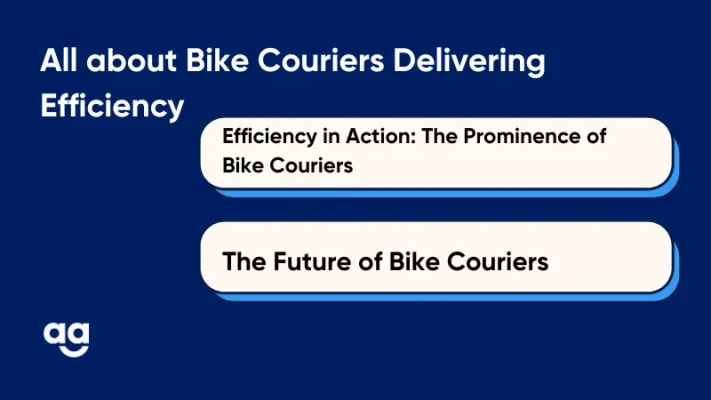
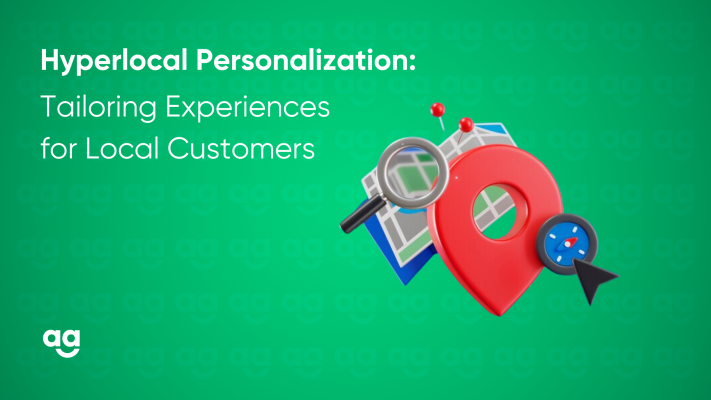
 Shipping
Shipping
